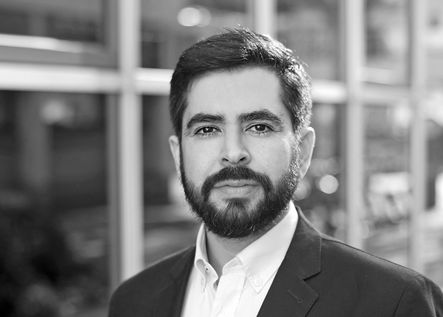Dr. Gerardo Hernández-Sosa

Contact
Dr. Gerardo Hernández-Sosa
Light Technology Institute
Karlsruhe Institute of Technology
c/o InnovationLab
Speyerer Str. 4
69115 Heidelberg
Contact via Email
Phone: +49 (0) 6221 54 19 134 (iL)
Curriculum Vitae
Research Interest
Sustainable Technology, Printed Flexible Electronics, Biocompatible and Biodegradable Electronics.
Education
- 05/2009 Doktor der Technischen Wissenschaften, Institute for Semiconductors and Solid State Physics, Johannes Kepler University Linz, Austria.
“Growth and Characterization of Para-sexiphenyl Nanostructures on Organic and Inorganic Substrates” Advisor: Prof. Dr. Helmut Sitter.
- 06/2005 Masters in Applied Science (Semiconductors), Optical Communication Research Institute, Universidad Autónoma de San Luis Potosí, Mexico.
“Growth and characterization of a-SixGe1-x:H(Er) alloys”
Advisors: Dr. Angel G. Rodríguez-Vázquez and Dr. Miguel A. Vidal-Borbolla.
- 09/2003 Bachelor in Physics Engineering, Universidad Autónoma de San Luis Potosí, Mexico. Bachelor in Physics Engineering, Universidad Autónoma de San Luis Potosí, Mexico.
Final Grade Average: 9.2 (out of 10).
Professional Experience
- 11/2014 Junior Research Group Leader, Karlsruhe Institute for Technology. Workplace at InnovationLab, Heidelberg, Germany.
-Printed Biodegradable Optoelectronic Devices
- 10/2011-10/2014 Postdoctoral Researcher, Karlsruhe Institute for Technology. Workplace at InnovationLab, Heidelberg, Germany.
-Printed Optoelectronic Devices
- 02/2010-06/2011 Postdoctoral Researcher, Center for Polymers and Organic Solids, University of California, Santa Barbara, USA.
-Optical and electronic characterization of solution processed organic thin films for photovoltaic and light detection applications.
- 06/2009-01/2010 Postdoctoral Researcher, Institute for Semiconductors and Solid State Physics, JKU Linz, Austria.
-Growth and characterization of organic thin films and nanostructures on organic templates and modified surfaces by Hot Wall Epitaxy.
